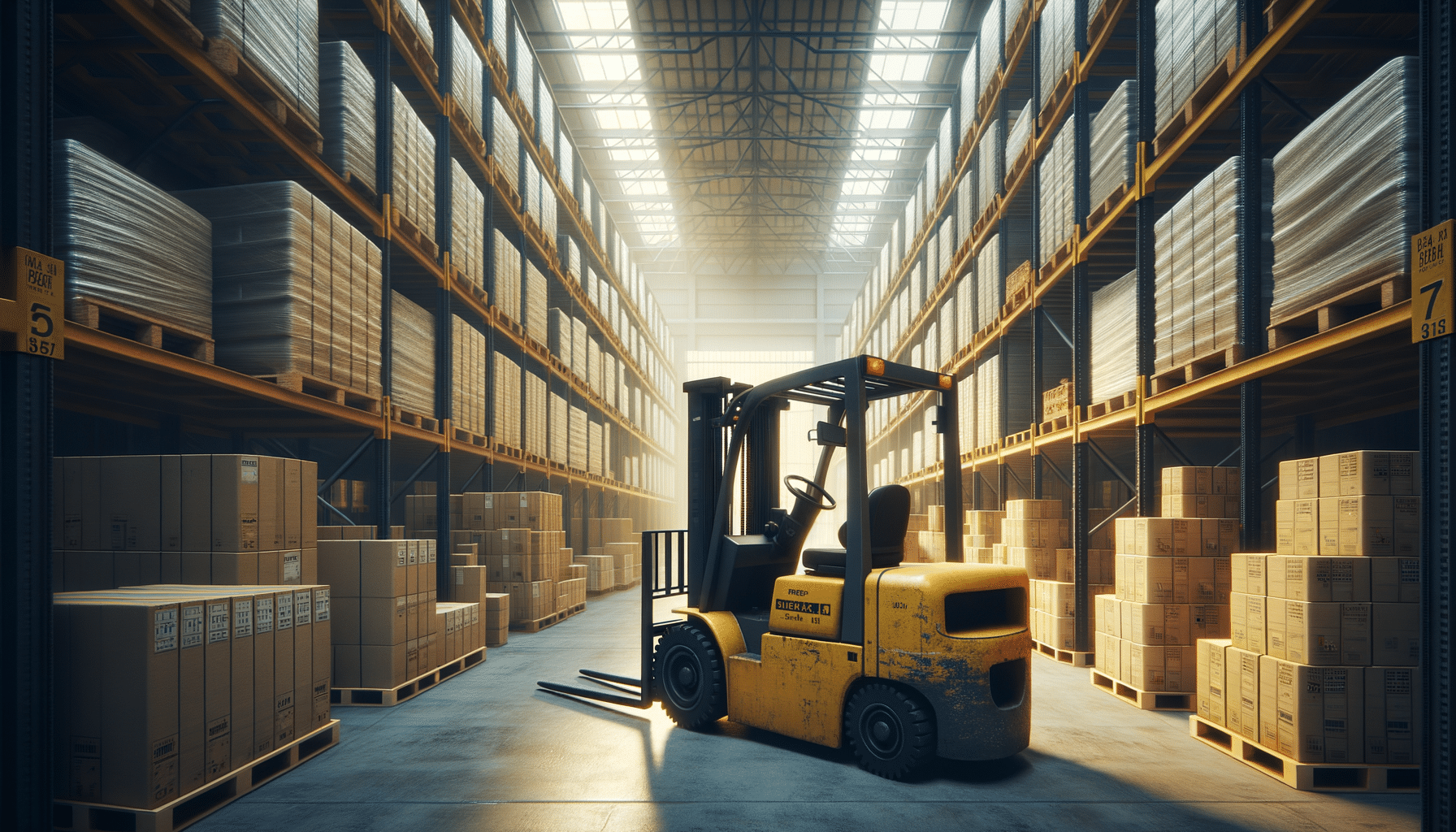
Forklift Driver Jobs: A Steady Career with Opportunities for Growth
The Role of a Forklift Driver
Forklift drivers play a crucial role in various industries, ensuring the smooth movement of goods within warehouses, distribution centers, and construction sites. Their primary responsibility is to operate forklifts to load, unload, and transport materials safely and efficiently. The precision required in maneuvering these powerful machines highlights the importance of a skilled operator, as even minor errors can lead to significant workplace accidents or damage to goods.
In addition to operating forklifts, drivers are often tasked with inspecting their vehicles to ensure they are in good working condition. This includes checking fluid levels, tire pressure, and mechanical components before each shift. Regular maintenance and prompt reporting of any issues are essential to prevent operational disruptions and ensure safety.
Forklift drivers also need to be adept at reading and interpreting various types of documentation related to inventory and shipments. This skill is critical in maintaining accurate records and ensuring that goods are moved to the correct locations. As such, organizational skills and attention to detail are highly valued in this profession.
Benefits for Middle-Aged Workers
The forklift driving profession offers several benefits that make it appealing to middle-aged workers. One significant advantage is the relatively stable demand for forklift operators across different industries. This demand provides job security, which is particularly appealing to those seeking long-term employment.
Additionally, forklift driving can be less physically demanding than other manual labor jobs, making it suitable for individuals who may not want to engage in highly strenuous activities. While the job requires alertness and coordination, it does not typically involve heavy lifting or overly repetitive motions.
Moreover, many companies offer flexible work schedules, including part-time and shift work, which can be advantageous for middle-aged workers seeking to balance work with personal commitments. This flexibility allows for better work-life balance, contributing to overall job satisfaction and well-being.
Skills and Qualifications Required
Becoming a forklift driver requires specific skills and qualifications to ensure safety and efficiency. First and foremost, operators must obtain certification, which involves completing a training program that covers the operation of different types of forklifts, safety protocols, and emergency procedures. This certification is a legal requirement and assures employers of the driver’s competence.
Beyond certification, successful forklift drivers possess strong spatial awareness and hand-eye coordination. These skills are crucial for navigating tight spaces and handling loads with precision. Additionally, drivers must be able to communicate effectively with team members and supervisors to coordinate operations smoothly.
Problem-solving skills are also important, as drivers may encounter unexpected obstacles that require quick thinking and adaptability. For instance, if a load is improperly balanced, a forklift driver must determine the best way to adjust the load to prevent tipping or damage.
Career Growth Opportunities
Forklift driving can serve as a stepping stone to more advanced positions within the logistics and transportation sectors. Many drivers progress to supervisory roles, where they oversee a team of operators and manage warehouse logistics. These positions often come with increased responsibilities and higher salaries.
For those interested in further advancement, gaining additional certifications in specialized equipment or logistics management can open doors to roles such as warehouse manager or logistics coordinator. These roles typically involve strategic planning and coordination of larger-scale operations, requiring a deep understanding of supply chain dynamics.
Furthermore, some forklift drivers choose to branch out into related fields such as equipment sales or training, leveraging their hands-on experience to educate others or support sales teams. This diversity of options makes forklift driving a viable career path with numerous opportunities for growth and development.
Conclusion: A Rewarding Career Choice
In conclusion, a career as a forklift driver offers a stable and rewarding path for individuals seeking steady employment and opportunities for advancement. The role is essential to the efficient operation of various industries, providing job security and a sense of purpose. Middle-aged workers, in particular, can benefit from the job’s stability, flexibility, and manageable physical demands.
With the right skills and certifications, forklift drivers can enjoy a fulfilling career with the potential for growth into supervisory and managerial roles. For those seeking a reliable and rewarding profession, forklift driving represents a promising choice with numerous benefits and opportunities for personal and professional development.


